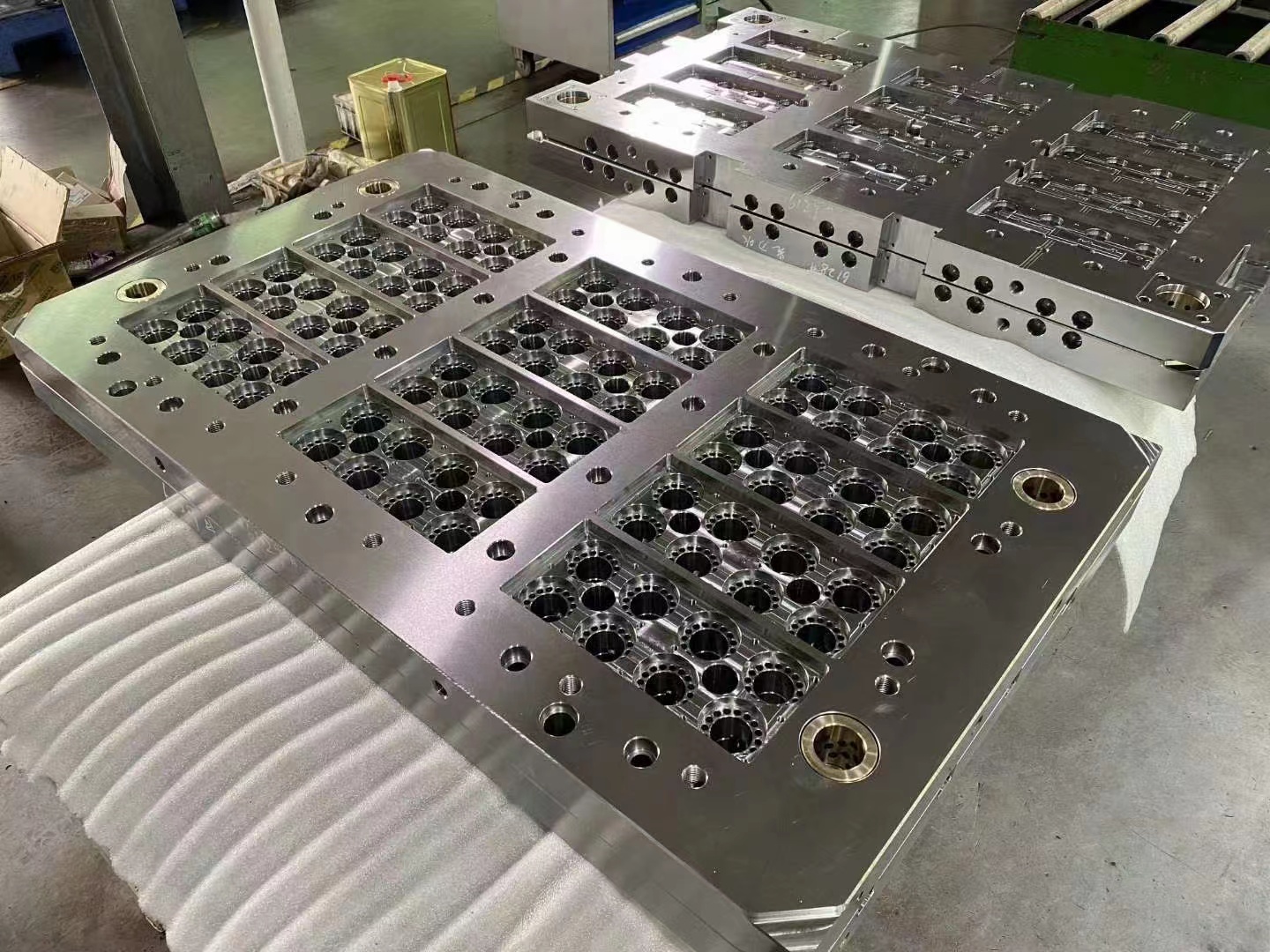Copper, often referred to as "Dr. Copper" due to its ability to predict economic trends, plays a crucial role in the global economy. In Singapore, a vibrant hub for trade and finance, fluctuating copper prices can significantly influence various sectors, including construction, manufacturing, and electronics. This article delves into the impact of copper prices on Singapore's economic landscape, examining key factors, trends, and potential future implications.
Understanding the Role of Copper in Singapore's Economy
Copper is a fundamental raw material used across numerous industries. In Singapore, its primary applications are in electrical wiring, plumbing, and industrial machinery. As a country with a highly developed economy and a significant manufacturing sector, the price of copper can serve as a barometer for broader economic health. When copper prices rise, it often indicates increasing demand for construction and manufacturing, both of which are pivotal to Singapore's growth.
The Importance of Copper in Construction
Construction is one of Singapore's major economic drivers, contributing significantly to its GDP. **A rise in copper prices can impact project costs**, leading to budget adjustments and potential delays. With copper being integral to electrical systems and structural components, project stakeholders must carefully manage procurement strategies to mitigate the effects of price volatility. For instance, higher prices might lead developers to explore alternative materials or delay project timelines.
Global Factors Influencing Copper Prices
Copper prices are affected by various global factors, including supply chain disruptions, geopolitical tensions, and fluctuations in demand from major economies. **China, as the largest consumer of copper**, significantly influences price dynamics. Changes in China's economic policies or infrastructure investments can lead to substantial shifts in demand, impacting Singapore's trade and investment landscapes.
Impact of Supply Chain Disruptions
Recent global events, including the COVID-19 pandemic, have highlighted the vulnerabilities within supply chains. Disruptions can lead to **shortages or surpluses** of copper, causing price spikes. Singapore, being a major trading hub, must navigate these fluctuations, particularly as many industries rely on timely access to materials. Companies may need to reevaluate their supply chain strategies to build resilience against such disruptions.
Effects of Price Fluctuations on Manufacturing Industries
The manufacturing sector in Singapore is another area where copper price fluctuations have significant implications. **Manufacturers that rely heavily on copper for components** must continuously monitor market trends and adjust their operations accordingly. For example, a sudden increase in copper prices could force manufacturers to pass costs onto consumers, which could affect sales and profit margins.
Strategic Responses from Manufacturers
To mitigate the adverse effects of fluctuating copper prices, some manufacturers are adopting strategic responses, such as **investing in technology** to improve efficiency or seeking substitutes for copper in certain applications. These initiatives can help stabilize operations despite price volatility in copper, allowing businesses to maintain competitive pricing in the market.
The Impact on Trade and Imports
Singapore's economy heavily relies on trade, making it vulnerable to changes in commodity prices, including copper. **As a net importer of copper**, fluctuations in copper prices can directly impact trade balances and economic growth. A sharp rise in copper prices could increase import costs, affecting the overall pricing structure of goods in Singapore.
Economic Diversification Against Copper Price Risks
To mitigate risks associated with copper price fluctuations, Singapore's government and businesses are focusing on economic diversification. This includes investing in technology-driven sectors such as biotech and digital services, thereby reducing reliance on traditional manufacturing that is prone to raw material price volatility. **Diversification can enhance economic resilience**, ensuring sustained growth despite challenges in commodity markets.
The Influence of Singapore’s Policies on Copper Dynamics
The Singaporean government plays a pivotal role in shaping policies that can help manage the impact of copper price fluctuations. By implementing **fiscal policies and regulations** that promote sustainable resource management and encourage innovation in the materials sector, Singapore can better prepare for the challenges posed by copper price changes.
Investment in Sustainable Practices
Singapore's commitment to sustainability is increasingly influencing how businesses approach the use of copper. Encouraging **recycling and responsible sourcing practices** can help reduce the demand for newly mined copper and stabilize prices. Moreover, policies that support green initiatives can drive innovation and create new economic opportunities while addressing price volatility and resource scarcity.
The Future of Copper Prices and Their Economic Implications
Looking ahead, **copper prices are likely to remain volatile**, impacted by ongoing global economic transformations and the rising demand for green technologies, such as electric vehicles and renewable energy. Singapore's strategic position allows it to capitalize on these trends, potentially enhancing its economic stance if it can navigate the challenges associated with fluctuating copper prices.
Preparing for a Changing Landscape
Businesses, government agencies, and economic planners in Singapore must proactively prepare for a changing economic landscape influenced by copper prices. This includes establishing robust monitoring systems, developing risk management strategies, and fostering collaborations across sectors to enhance adaptability. **In doing so, Singapore can maintain its economic competitiveness and ensure sustainable growth** amid global challenges.
Conclusion
In conclusion, the impact of copper prices on Singapore's economic landscape is multifaceted, affecting various sectors, trade dynamics, and overall economic resilience. By understanding these impacts and engaging in strategic responses, Singapore can better navigate the complexities of the global market and strengthen its economic position for the future. As the world continues to evolve, so too must Singapore's approach to managing the implications of copper price fluctuations on its economy.

